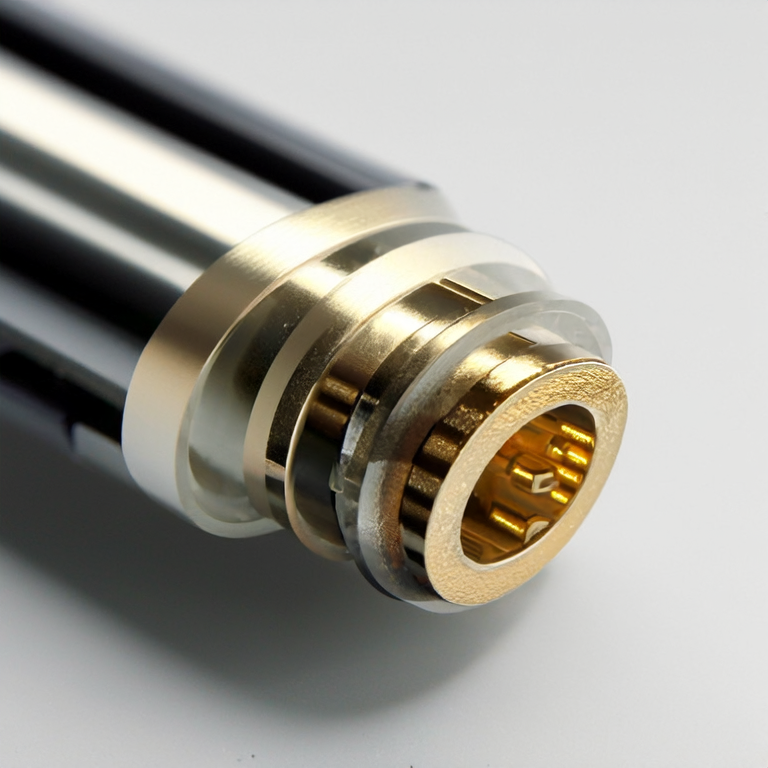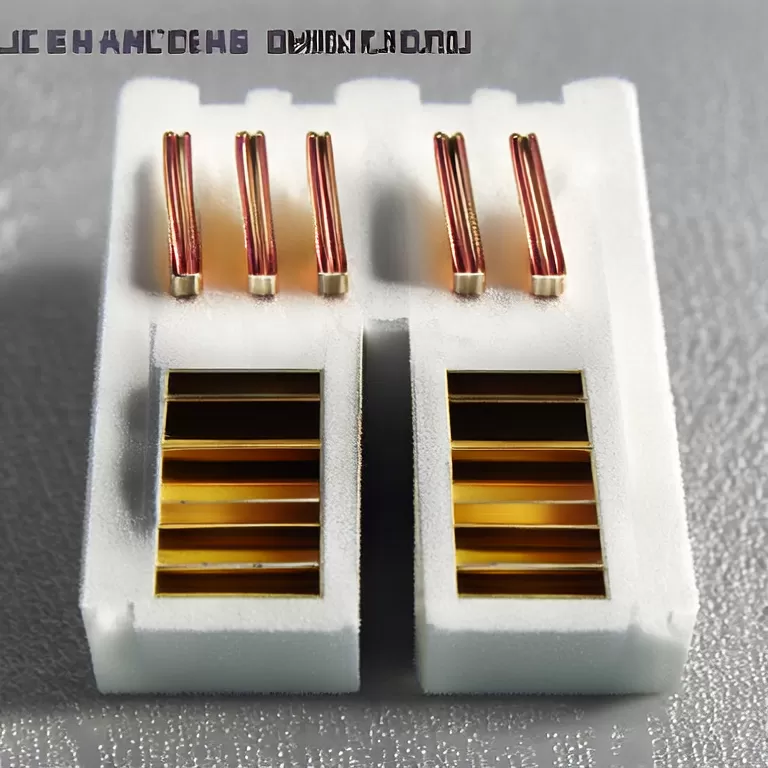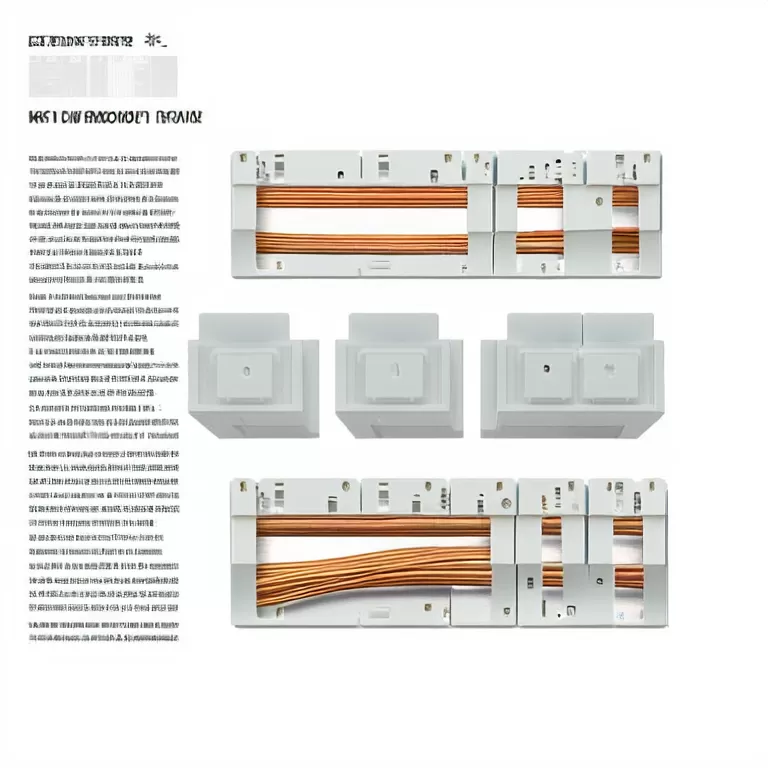- Home
- Products
+
- Connectors
+
- Box Header Connectors & Ejector Header Connectors
- Female Header Connectors
- Male Pin Header Connectors & Mini Jumper Connectors
- IC Socket / PLCC Socket / ZIF Socket Connectors
- Wire to Board Connectors & Wire to Wire Connectors
- IDC Connectors
- FFC / FPC Connectors
- Micro Match Connectors
- DIN41612 Connector
- D-Sub Connectors / D-SUB hood
- SIM & Micro SIM & Nano SIM Card Connectors
- Memory Card Connectors
- USB 2.0 / USB 3.0 / USB 3.1 / Type C / Micro USB / IEEE 1394 / Mini USB Connectors
- DVI Connectors & HDMI Connectors
- Y13 / Y17 /Y21 IP68 Waterproof Circular Connectors
- Circular Connectors
- SATA Connectors
- Audio Connectors
- Terminal Blocks
+
- PCB Terminal Block Rising Clamp
- PCB Terminal Block Wire Protector
- Pluggable Terminal Blocks
- Screwless-Spring terminal blocks
- Barrier Terminal Blocks
- Reflow Solder LCP Housing Terminal Blocks
- Fuse lighting terminal blocks
- Feed Through Terminal Blocks and Box
- Miniature Rail-mounted Terminal Blocks
- Insulated terminals
- Non-insulated terminals
- Solder terminals for PCB mount
- Switches +
- Crystals / Oscillators / Resonators +
- Transformers +
- Ethernet Connectors +
- RF Connectors +
- Sound sources +
- Latching Relay +
- Antenna +
- Connectors
+
- Cross Reference
- Solution
- About RHT
- FAQ
- Download
- News
- Contact Us +
What materials are terminal blocks made of?
 Sep. 30, 2025
Sep. 30, 2025In the rapidly evolving electrical and electronics industry, the role of Terminal Blocks cannot be overlooked. Terminal blocks are essential components that facilitate the secure connection of wires and devices, ensuring not only power transmission but also safety and efficiency. Choosing the right Terminal Blocks Supplier can significantly impact your project outcomes, particularly when considering factors like reliability and compliance with safety standards. As industries strive for greater efficiency, the emergence of advanced terminal blocks designed for high-performance settings addresses common pain points such as overheating, loose connections, and insufficient insulation—crucial issues that can arise in various applications, from automotive to industrial machinery.

Definition of Terminal Blocks
Terminal blocks are electrical connectors that allow for the reliable joining of multiple wires. They are designed to secure wire ends and offer an easy method to connect or disconnect the wires when needed. Typically made of materials such as polyamide, which can withstand temperatures up to 120°C and ensures excellent electrical insulation properties, terminal blocks come in various forms, including barrier, modular, and multi-pole types. By providing a modular connection system, they reduce wiring complexity and enhance overall circuit design flexibility.
Industry Term Analysis
Common terminology associated with terminal blocks includes:
Insulation Resistance: This measures how well the terminal block prevents electrical leakage, typically needing to be above 1,000 Megaohms.
Current Rating: Refers to the maximum current the block can handle without overheating, often rated between 10A to 60A for different applications.
Voltage Rating: Specifies the maximum voltage level terminal blocks can withstand without breaking down, typically ranging from 300V to 1,000V.
Application Scenarios: Where Are Terminal Blocks Used?
Terminal blocks find use in various fields, demonstrating their versatility and essential role in electrical engineering. Here are some notable applications:
Industrial Automation: In manufacturing equipment, terminal blocks facilitate wiring between controllers and sensors, ensuring reliable operation.
Automotive Applications: Terminal blocks in vehicles allow for the connection of various electrical systems, enhancing safety and performance.
Telecommunications: In communication networks, terminal blocks ensure reliable connections for signal transmission, supporting bandwidths up to 1 Gbps.
Brief Description of Advantages: Why Terminal Blocks Are Important
The importance of terminal blocks in electrical systems cannot be overemphasized. Their advantages include:
Enhanced Safety: By securely connecting wires, terminal blocks help prevent accidental disconnections, reducing the risk of electrical fires.
Simplified Maintenance: The design allows technicians to easily replace or repair components without significant system interruptions, reducing downtime by up to 30%.
Improved Space Efficiency: Terminal blocks help organize wiring, saving valuable space in control panels and cabinetry.
Next Step Guidance
To make the most of terminal blocks in your projects, consider reviewing the user guide provided by your Terminal Blocks Supplier. This guide will offer detailed insights, best practices, and specifications tailored to your needs, ensuring you select the right type of terminal block for your application. For further understanding or trials, consider reaching out to reputable brands like RHT for advice on the best terminal blocks for your specific scenarios.
FAQ: Common Questions about Terminal Blocks
1. What materials are terminal blocks made of?
Terminal blocks are typically composed of durable materials like polyamide for insulation and brass or copper for contacts, ensuring long-lasting performance and safety.
2. How do I choose the right terminal block?
Choosing the right terminal block involves considering factors such as current rating, voltage rating, and the specific application where the block will be used.
3. Are there specific terminal blocks for high-temperature applications?
Yes, terminal blocks designed for high-temperature environments are available, often made from heat-resistant materials to withstand extremes up to 150°C or more.
By understanding the fundamentals and applications of terminal blocks, you can make informed decisions that meet your electrical project requirements effectively and safely. For more information on the different types available and their specifications, check out the comprehensive catalogs from leading suppliers like RHT.
What is a barrier terminal block?
 Nov. 19, 25
Nov. 19, 25
What wire sizes do terminal blocks support?
 Nov. 12, 25
Nov. 12, 25










